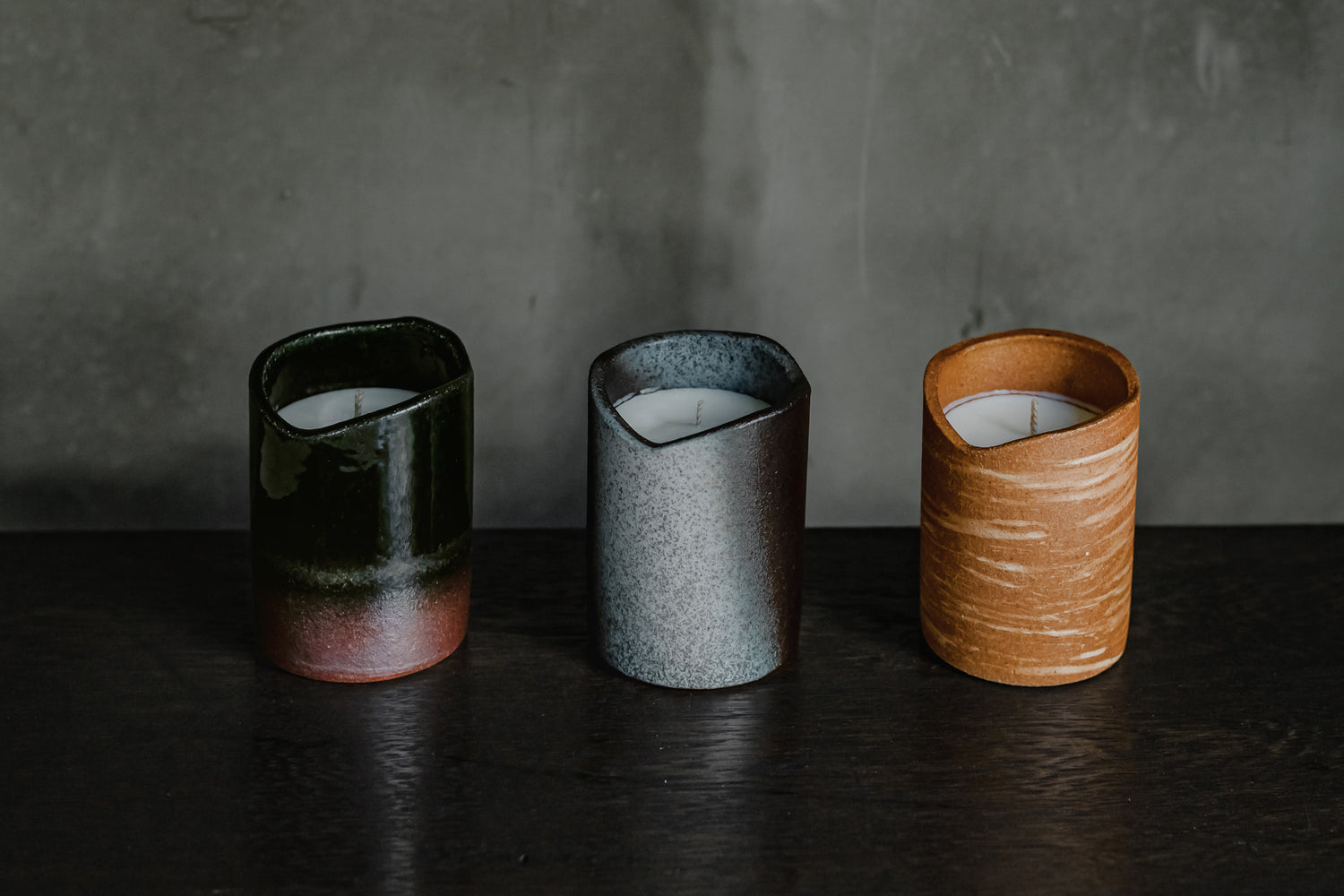A Buddhist event called "Shunie" is held every year from March 1st to March 14th at the Nigatsudo Hall of Todaiji Temple in Nara Prefecture. It has a long history, dating back to 752 , and has been held 1273 times. Since ancient times, it has been held to quell natural disasters, epidemics, and rebellions, and to pray for the happiness of the nation and its people.
Currently, 11 selected monks stand in front of the 11-faced Kannon Bodhisattva statue in the hall, confessing our mistakes and asking for forgiveness from the Buddha, in order to create a world without disaster. It continues as a memorial service that aims to bring happiness to the world at the same time.
It is also called ``Omizutori'', and its name comes from the fact that late at night on March 12th , perfume is drawn up from a well called Wakasai to be offered to Kannon. The pumped water is stored under the Shumidan (a pedestal on which Buddhist statues and other objects are enshrined).
The four corners of the Shumidan are decorated with artificial camellia flowers, and Japanese confectionery shops in Nara produce fresh sweets in the shape of camellia flowers for a limited time only during this period.

The name of the confectionery is ``Nori Koboshi.''
(The photo shows glue spills from Manmando Michinori, which was founded in the late Edo period)
The name comes from the appearance of white glue spilled on the red petals of a flower, and it is a pastry that not only looks beautiful, but also has a melt-in-your-mouth texture. Its bright red and white colors make you feel the arrival of spring.
Japanese sweets, including Nori Kobokoshi, have been made in Japan for a long time to suit different occasions and seasons. Its remarkable development is said to be during the Edo period. During the Edo period, which was a rare time in history when there were no wars, the economy and culture were developing greatly, and elegant Japanese sweets that had never existed before were born. ” (the name of the confectionery) was also given during the Edo period.
Since ancient times, it has brought a beautiful and delicate taste to our Japanese lives. Japanese sweets especially play an important role at milestones such as annual events; for example, kashiwa mochi is the mainstream sweet for Boy's Festival on May 5th , especially in the Kanto region. Since oak leaves do not shed old leaves until new buds appear, it has been said to be a lucky charm symbolizing the continuation of the family lineage since the Edo period. It can be said that it is a characteristic of the Japanese people to put meaning and prayers into various things, not just Japanese sweets.
It is a heart-enriching experience to be able to enjoy the charm of Japanese sweets with all five senses at various milestones in life. Of course, things like sight and taste are important, but I personally find it interesting how to perceive Japanese sweets through the sense of hearing. This is related to the ``confectionery'' mentioned above, for example, the confectionery name ``Tatsutamochi.'' It is a confectionery with a cross-section depicting running water and autumn leaves, and its design and name remind us of the beautiful scenery of the Tatsuta River in Nara, which is famous for its autumn leaves. The Tatsuta River is used as a season word in many waka poems, such as the early Heian period poet Narihira Ariwara's poem, ``Chihayaburu Jindai mo kikazu Tatsuta River Karakure nai ni Mizu kukuru wa''.
In this way, confectionary names have the charm of being drawn to the waka poems and scenes that come to mind just by hearing the name. This is what it means to taste Japanese sweets through your sense of hearing.
The world of Japanese sweets has been created by the Japanese people, who have lived their lives while being aware of the seasons and subtle changes in the natural world, such as the sounds of plants and flowers, the sounds of insects, and the wind. Since there are so many delicious Western sweets, you may not have many opportunities to try Japanese sweets, but why not take the time to enjoy the profound world of Japanese sweets with a cup of tea?
As we enter March , the season finally changes to spring. Japanese sweets that reflect the beautiful flowers and scenes unique to spring, including cherry blossoms, are starting to appear in stores.


